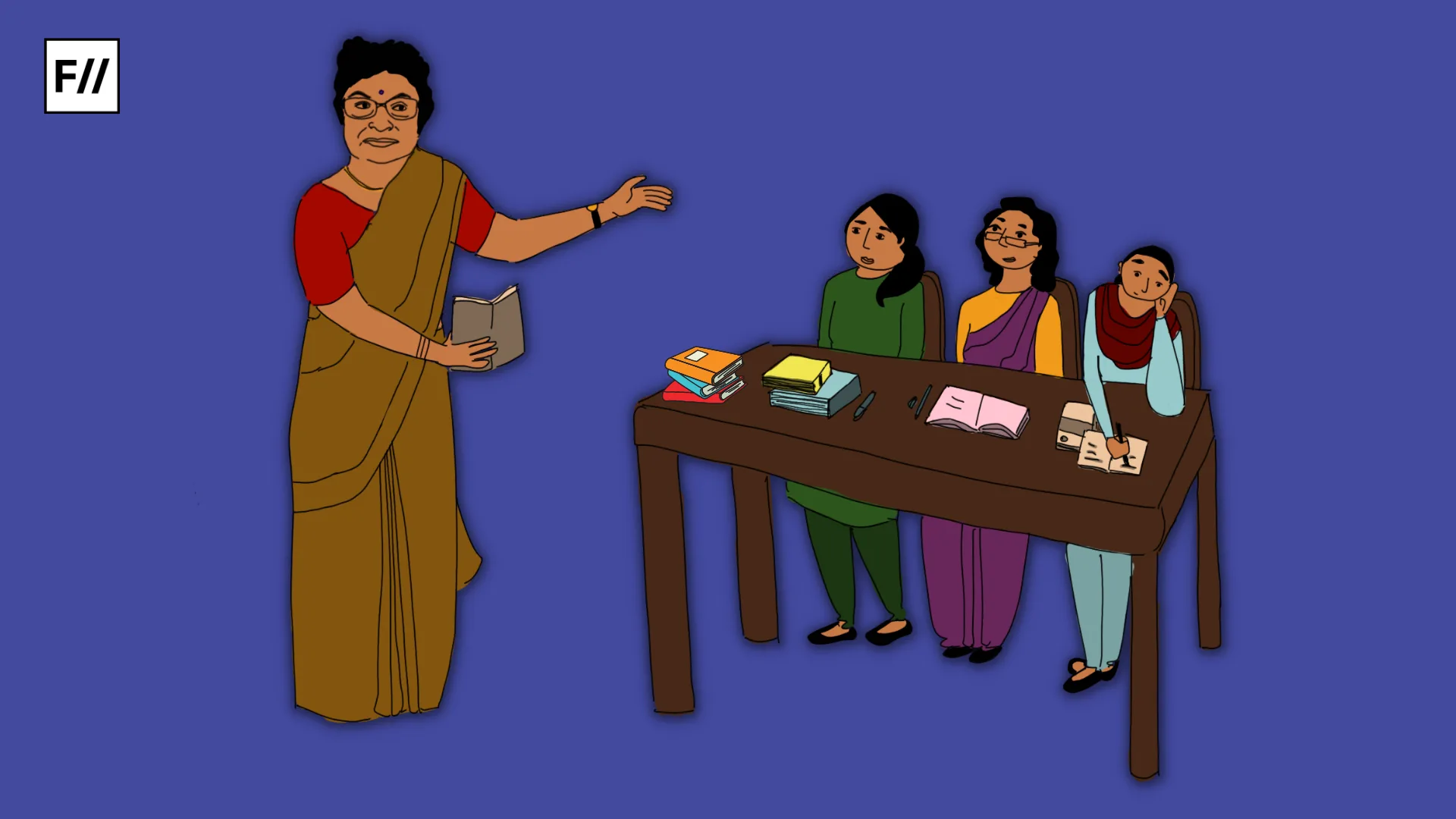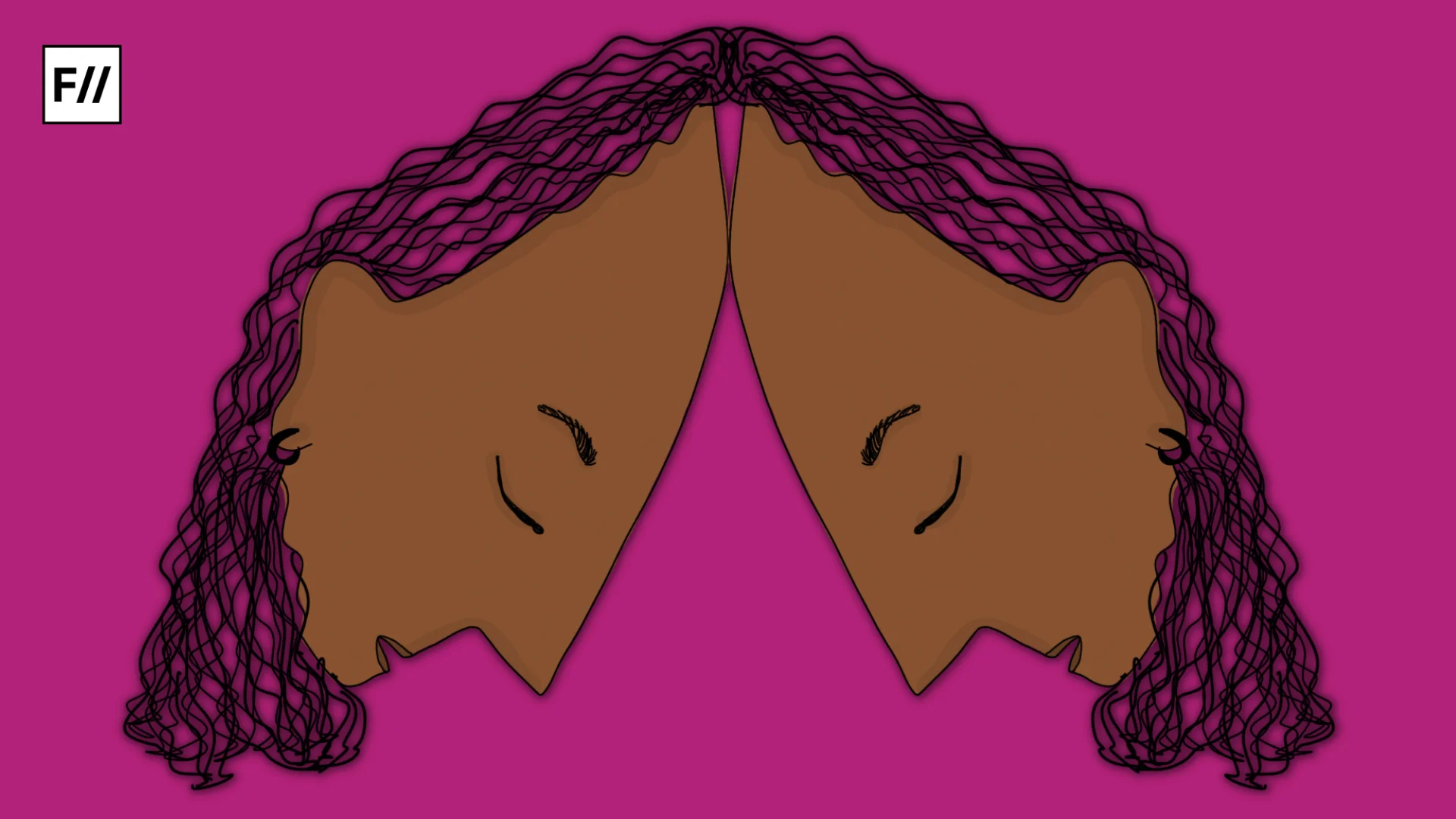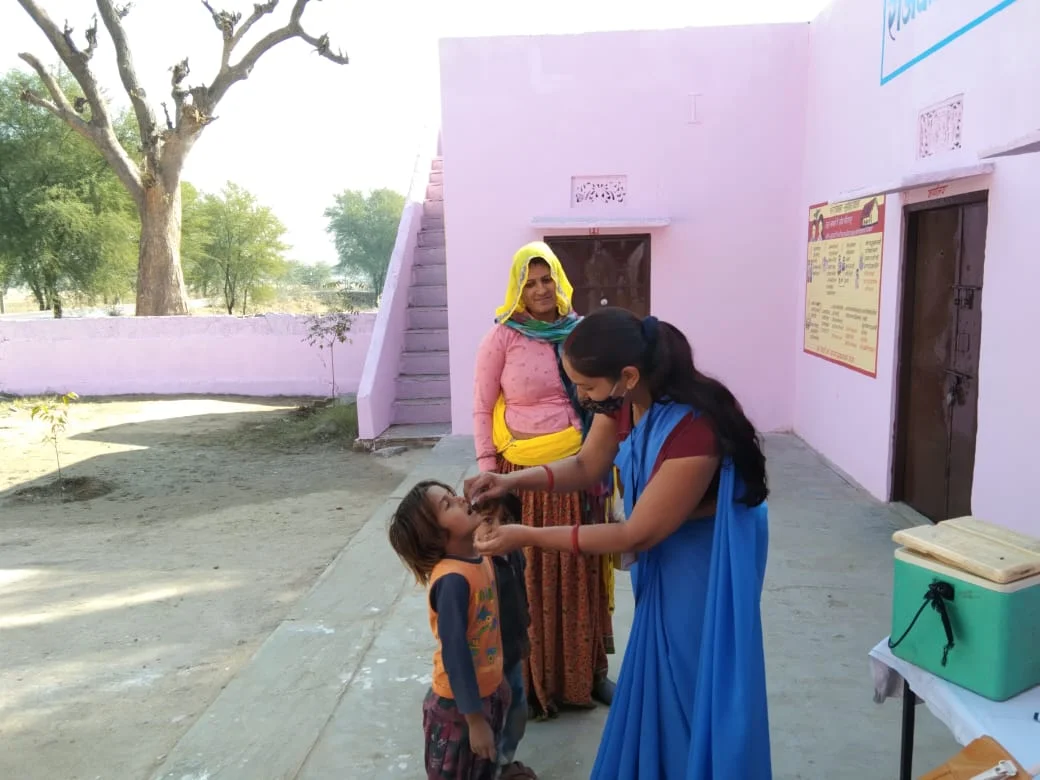With 780 languages and more than 2000 mother tongues, each with its own grammatical structure and way of speaking, languge debate has always been at the heart of the Indian nation. Recentnly, Tamil Nadu Chief minister M.K. Stalin tweeted that, Hindi has swallowed many languages and the push for a monolithic Hindi identity kills ancient mother tongues. His comment sparked a huge debate in the country.
Language has always played a key role in the formation of new states and has shaped Indian federalism.
English was added as an associate official language for 15 years, only after members of the Constituent Assembly from non-Hindi speaking states strongly opposed the idea of Hindi being the sole official language. But even after this period, English continued to be used, due to the Official Languages Act of 1963.
In 1968, the government introduced the Three-Language Formula in the National Education Policy. According to this, schools in North India were supposed to teach Hindi, English, and one South Indian language, while schools in South India would teach Hindi, along with the regional language and English.
However, this plan was never implemented fairly. Schools in North India never taught any South Indian languages, and in Tamil Nadu, the Three-Language Formula was never followed at all.

While the English vs Hindi debate continues to dominate the public discourse, a painful reality is often ignored: over 250 languages have died in the last few deacdes and more than half of the Indian languages are in danger of disappearing within the next fifty years.
Every languge carries unique stories, histories and traditional knowledge with it, much of which dies with the language itself. Increasing influence of English and Hindi is often cited as one of the important reasons for breakdown of intergenerational transmission of the languages for many regional languages in india, where younger generation is not learning their parents’ or grandparents’ language.
To understand this transformation more closely, we conducted fieldwork in Mandawa, a town in Jhunjhunu district, Rajasthan.
Based on the fieldwork, we focused on the Shekhawati dialect, commonly spoken in Jhunjhunu, and examined how it is—or isn’t—being passed on to younger generations. Additionally, we explored what this linguistic shift might mean for the future of local culture and identity.
Almost every respondent—regardless of their background—had strong views on the decline of their language.
Although this issue is under-researched, it deeply matters to people. Almost every respondent—regardless of their background—had strong views on the decline of their language. Caste, class, and the influence of English-medium schools emerged as major themes.
Caste and class theme
Insights from respondents revealed that caste and class are important determining factor in deciding who will speak what language. In every society, worldwide, class has played an important role in deciding people’s language prefrances. In the United Kingdom, The accent spoken by Queen Elizabeth is different from the one of taxi drivers. This accent of elites forms a standard pronunciation and is referred as ‘Received pronunciation’.

Similarly, both British and American School systems, use a more sophisticated, refined and upper middle class style of language in teaching to prove that settlers’ are superior, better educated and well spoken than natives or non-european populations.
In case of the Shekhawati region, this elite-non elite divide intersects with the division of those who speak Shekhawati and those who speak Hindi and English.
Among the urban educated “liberal elites”, this happens at an even deeper level where they not only compete for domination of their language but in fact also put even gestures, facial expressions and body language in a measurement scale, by using terms like mannerisms, proper conduct and etiquette and try to conceal their caste practices so deeply ingrained in everyday lives.
Perception of the “purity” of language also intersects with this divide. Language of working class people is percived as abusive and vulgar. One Respondent, who identified himself ‘as a person from ‘poor background’‘, added that, ‘humare charo taraf to garibo ke bachhe hi rahte hai to gharo me hamari bhasha hi bolte hai par ‘unchi society’ mein ye bollna pasand nahi krte.‘ ( ‘All around us, children of poor people live, so they speak our language at home. But in the ‘high society’ they do not like to speak this language‘).
Further he added that ‘wo kyu chahenge ki bacche ‘mummy-papa’ ki jagah unko ‘maa-baap’ aur ‘dokra-dokri’ bole?‘
Further he added that ‘wo kyu chahenge ki bacche ‘mummy-papa’ ki jagah unko ‘maa-baap’ aur ‘dokra-dokri’ bole?‘ (‘Why would they want the children to call them ‘Maa-Baap’ ‘Dokra-Dokri’ instead of ‘Mummy-Papa’?‘), which shows that even that basic linguistic elements have been formed into a hierarchy,
He then added that ‘kon chahega unke bache ghar me aake maa ki, bahan ki gali de?‘.(‘No one will want their kids to use abusive misogynitic slurs‘)
This again takes us to intersection of purity and class structure, which claims that the Shekhawati language is spoken by the lower middle class and poor class and then attaches it with the impure language.

This intersection of caste and class with mother language speakers is highlighted from the fact that two young girls of age 18 and 19 from a lower caste family whose working members were labours and never went to school, responded that the only language they knew is Shekhawati and hance the question of which language they choose to speak becomes irrelevant.
One of the statement from another resondant was pointed towards how, the language of the Rajputs, specifically from Jodhpur side (which is associated with royal Rajput culture) is very sophisticated and they use ‘Baitho sa, Pani Pio sa,’ etc, rather than using khadi bhasa. This “refinement” masks caste supremacy and assumes dominant caste dialects as inherently sophisticated and stigmatises the language of the working class.
English medium schools and indigenous languages
One of the respondents shared a personal experience from his time in Class 8 that continues to haunt him. His Sanskrit teacher said: ‘Kitni baar samjhayā h? English mein baat karo! Samajh nahi aata? Murga ban jao!‘ (‘How many times must I tell you? Speak English!‘). When he once asked, ‘Sir, pani pīke aa sakta hū?‘ (‘May I go to drink water?‘) in his mother tongue, he was forced to squat like a chicken in front of the entire class. He described feeling humiliated and crying the whole day in helplessness. This is not an isolated incident but a systemic practice in schools.
Schools, specifically elite English medium schools have become sites of linguistic erasure. These institutions, with their very high fees, exceeding ₹1 lakh annually, systematically exclude lower-caste, poor, and middle-class communities. Many people can not afford such an expensive education for their children but aspire hard for it.
These institutions, with their very high fees, exceeding ₹1 lakh annually, systematically exclude lower-caste, poor, and middle-class communities. Many people can not afford such an expensive education for their children but aspire hard for it.
To fulfill their demand, a chain of cheap schools have started in rural India. These schools hamper the learning process of children. They fail to teach quality English education to students and also snatch from them the opportunity to learn in their mother tongue. These students do not understand their textbooks, their teachers just translate these books into their primary languge during the class and this process makes learning very difficult.

One of the repondents, who was a school going child in class 8, pointed out that, ‘We are discouraged to speak the mother-tounge at school, and also charged fine if we are caught speaking the mother tongue‘. schools has become instruments to shape overall behaviour including language and they look down upon all the traditional elements in the personality
She further mentioned that her teachers uses terms like “stupid” and make those who speak their mother tongue feel backward. According to Bourdieu, linguistic exchanges are part of relations that define symbolic power, wherein power dynamics are performed between speakers and other groups.
The respondent also mentioned that this is taught as part of discipline. Cambridge dictionary defines discipline as ‘training that makes people more willing to obey or more able to control themselves, often in the form of rules, and punishments if these are broken, or the behaviour produced by this training‘. There is a very thin line between discipline and bullying. These schools often cross this line. Discipline is often weaponised to promote certain kinds of mannerisms and demean different ways of life.
Difference between implicit and explicit behaviour
Research on social groups often revel Implicit–explicit attitudinal discrepancies. For instance, Brian Nosek found that in one of the studies, although black participants explicitly mentioned that they favour other black people, their implicit attitudes show no such preference.
Although people emphasised the importance of their mother tongue, they frequently used Hindi as their language of communication, even when questions were asked in Shekhawati.
A similar discrepancy was observed in during this fieldwork. Although people emphasised the importance of their mother tongue, they frequently used Hindi as their language of communication, even when questions were asked in Shekhawati. Also one of the parents, who acknowledged the problems with fines imposed in schools for not speaking English, never formally complained about them.
The decline of regional languages in India is not just a neutral linguistic shift but a reflection of deep-seated social inequalities. Language is closely intertwined with caste, class, and educational access. The increasing dominance of Hindi in the Hindi belt and the imposition of English in elite schools have contributed to the erosion of mother tongues. This linguistic erasure not only leads to a loss of cultural heritage but also reinforces power hierarchies by privileging certain languages over others.

As Skutnabb-Kangas (1988) argues, dominant languages like English and Hindi, when learned at the expense of native tongues, become ‘killer languages.‘ This phenomenon restricts access to education, employment, and social mobility, while also creating psychological consequences such as inferiority complexes. The linguistic hierarchy extends beyond spoken words—it dictates mannerisms, social interactions, and even perceptions of purity and sophistication, as seen in how working-class dialects are stigmatised.
This report is based on collaborative fieldwork carried out by a group of PhD researchers: Pradeep Bailwal (BITS Pilani), Neha Verma (BHU), Roopali Sharma (Central University of Rajasthan), and Rahul Yadav (MNIT Jaipur).
About the author(s)
Rahul is a PhD candidate at the Department of Humanities and Social Sciences, MNIT Jaipur. His research focuses on democratic decentralization, local governance, and political-administrative dichotomies. He is also interested in contemporary Indian socio-political thought and alternate histories, particularly those highlighting social and spatial marginality. Rahul holds a master's degree from the Faculty of Social Sciences at South Asian University. He has a deep passion for Hindi literature and enjoys discussing it at length.






